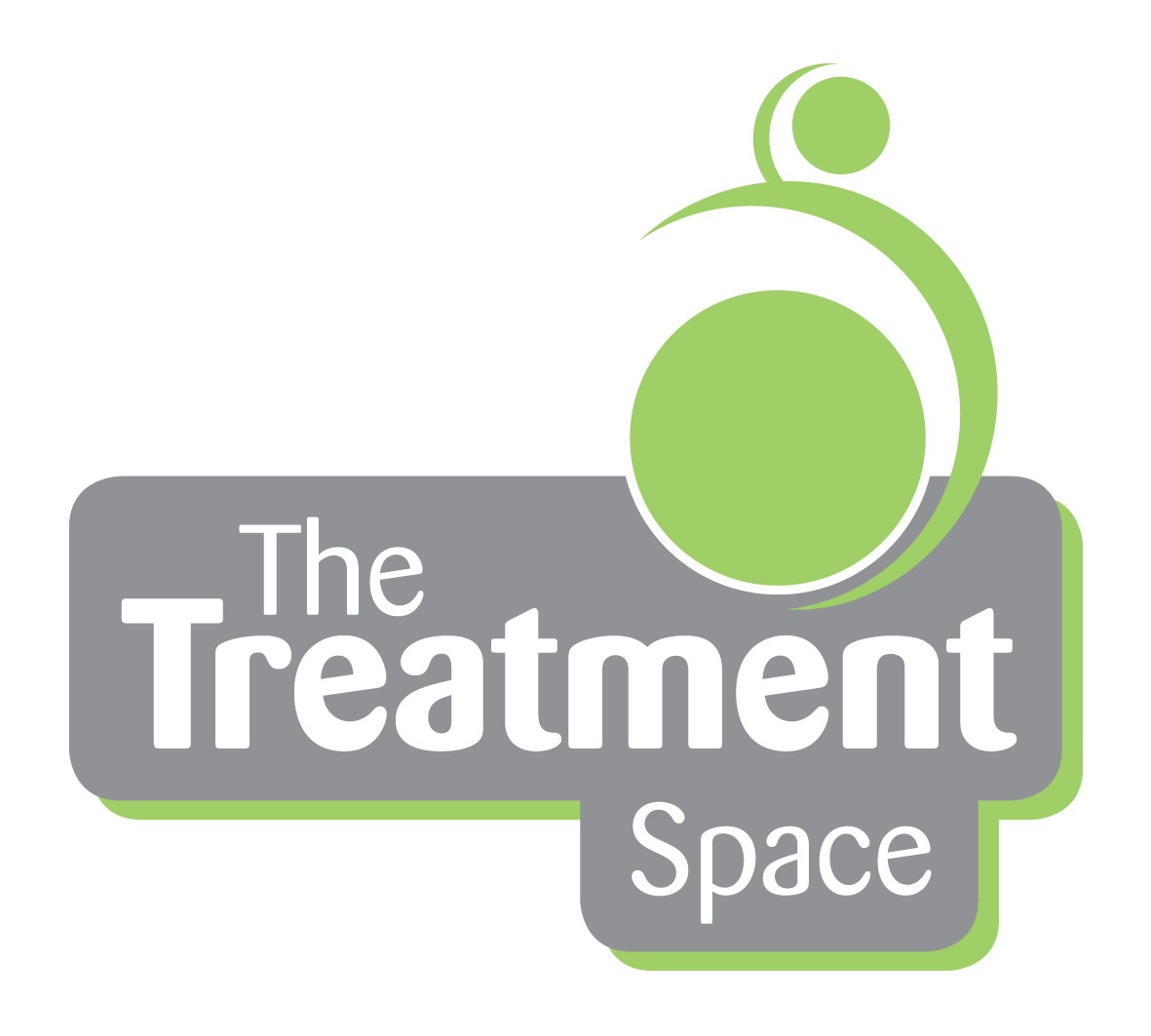Physiotherapy for Urinary Incontinence
The National Institute for Health and Care Excellence (NICE), has just released new guidance on treating Urinary Incontinence in Women. This updates existing guidelines and reinforces the importance of physiotherapy in treating incontinence.
Urinary Incontinence affects women of all ages and can have a massive impact on a woman’s life. Symptoms can include Stress Incontinence (urine leakage during physical activity); Urge Incontinence (leakage associated with overwhelming urge to empty the bladder) and Mixed Incontinence (a combination of both types). It can prevent women taking part in physical activity, or social activities and have a negative impact on emotional health and relationships. Although Urinary Incontinence is very common, women often feel isolated, or unable to discuss the condition and seek support.
The new guidelines add to, rather than supersede, the existing 2006 guidelines. Physiotherapy again has a major role in treating Urinary Incontinence. In particular Women’s Health physiotherapists are skilled at assess and teach a correct pelvic floor contraction. This is essential to ensure that pelvic floor exercises are being carried out correctly.
Many women wrongly believe that pelvic floor exercises are ineffective, because they have been doing them without benefit for a long time. However, proper assessment of the pelvic floor can teach a good contraction and re-educate the muscles so that these exercises are effective.
A three-month trial of supervised pelvic floor exercises is recommended as the first-line treatment for Stress Incontinence. Physiotherapy can also help with advice and strategies to help Urge Incontinence.
Physiotherapy treatment is very effective for urinary incontinence: http://www.csp.org.uk/publications/physiotherapy-works-urinary-incontinence
You can access the 2013 NICE guidelines for treating Urinary Incontinence in Women at: http://guidance.nice.org.uk/CG171/NICEGuidance/pdf/English
